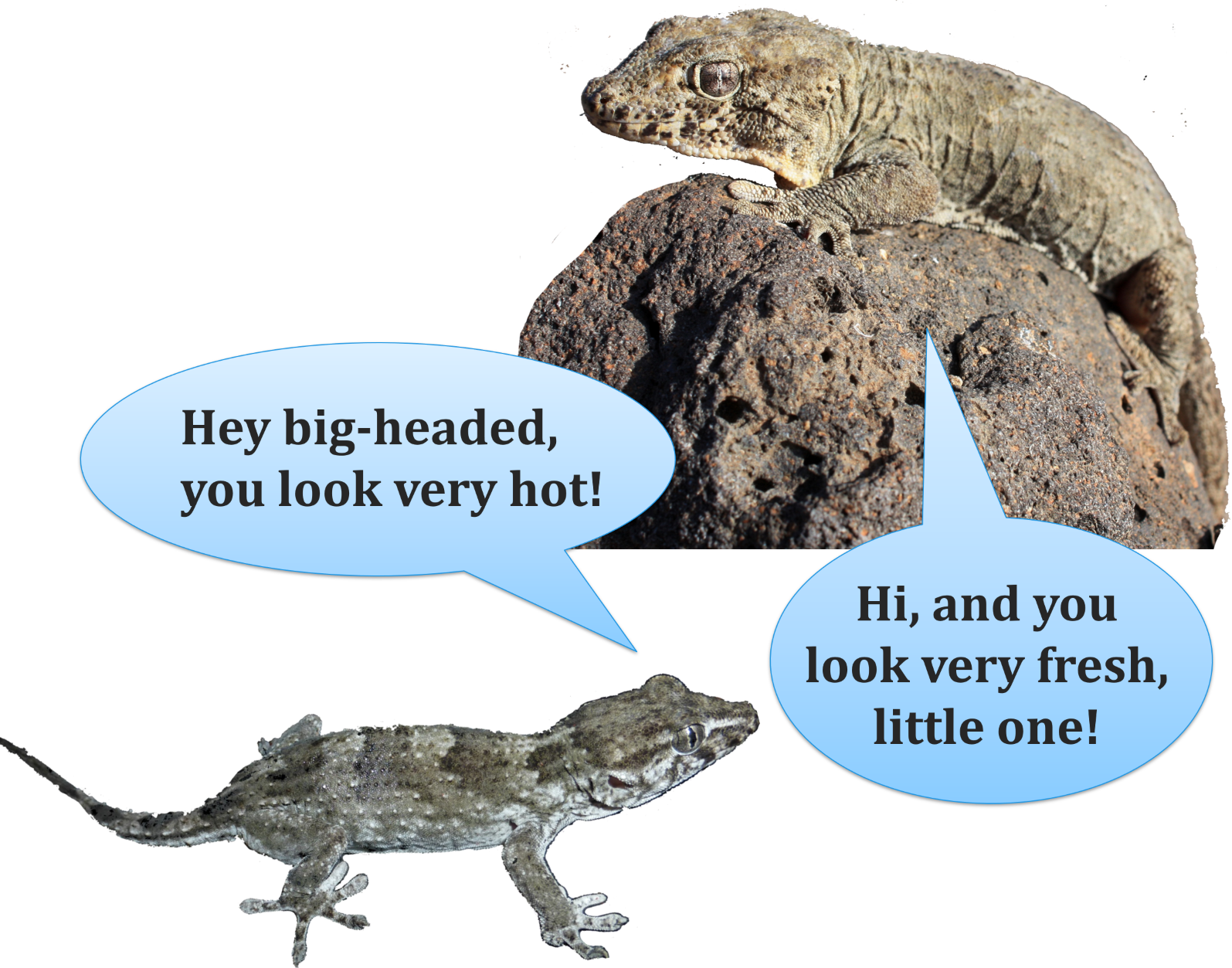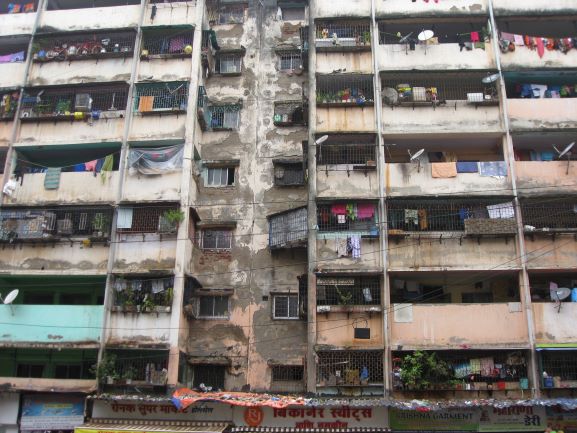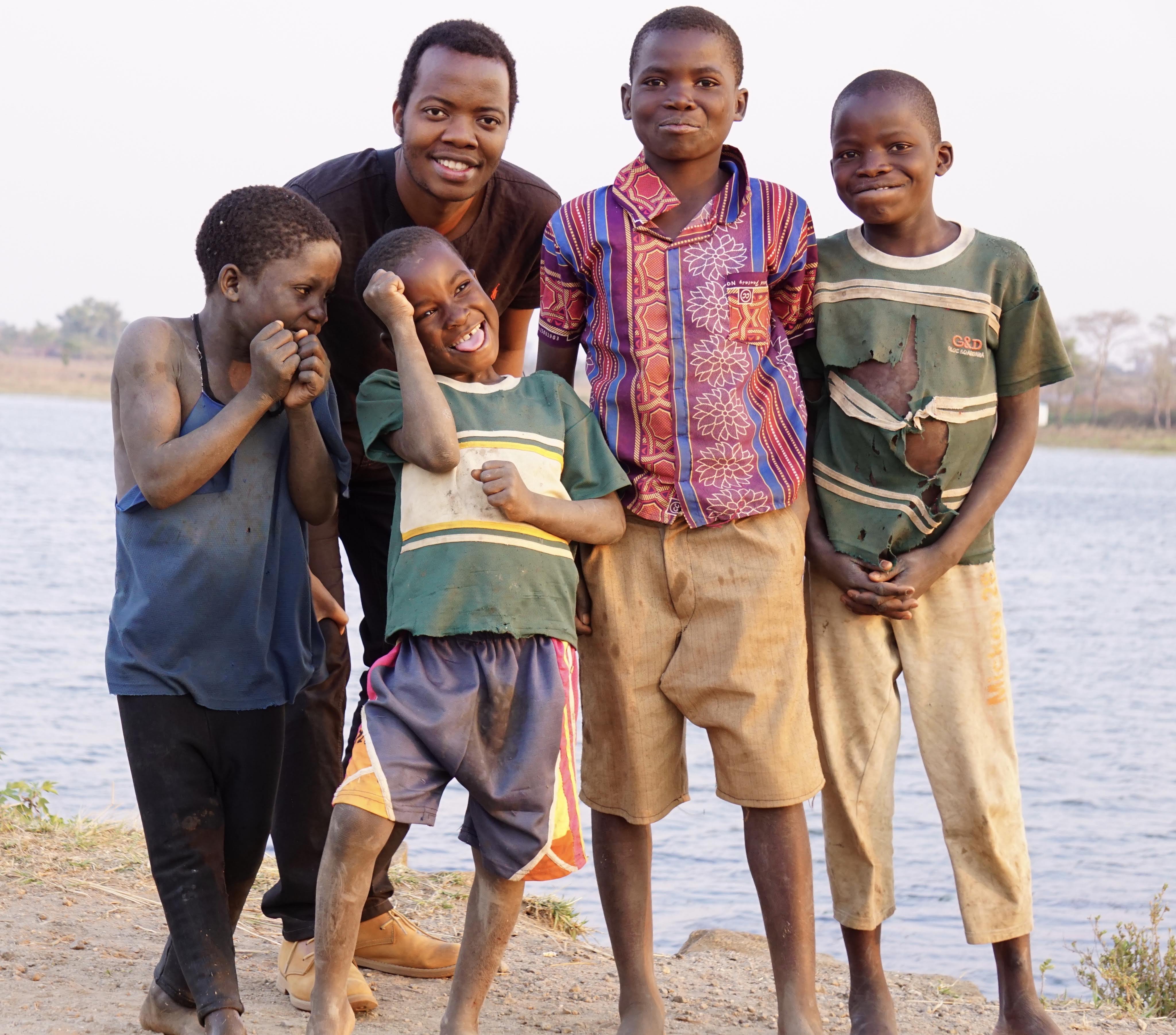Mother Earth on Fire: Insights from the Bolivian Amazon
In 2024, we witnessed a concerning increase in wildfire activity worldwide. North and South America were among the regions hit hardest since wildfires were first recorded in 2003. Bolivia and Venezuela experienced their highest-ever carbon emissions caused by wildfires, and Brazil nearly reached its historical peak. Bolivia stood out among the many affected countries for the sheer intensity of its fires (https://atmosphere.copernicus.eu/cams-global-wildfires-review-2024-harsh-year-americas).
Prolonged drought in South America, particularly in the Amazon, set the stage for fires to spread rapidly and aggressively. However, the crisis runs deeper. A combination of overlapping factors turned 2024 into one of the worst wildfire years on record. As a new dry season approaches (June to October), during which fire is commonly used for agriculture and land clearing, now is the time to reflect on what happened and consider what may lie ahead. In this blog post, we take a closer look at Bolivia, one of the countries most affected by last year’s wildfire crisis. We explore what’s fueling these destructive patterns and why urgent action is more important than ever. Finally, we reflect on a deeper question: How could such an extended ecological disaster unfold in a country that once stood at the forefront of a global movement to align its legal systems with an eco-centric, Earth-centered vision?
The Bolivian fires
Over the past two decades, wildfires in the Bolivian Amazon have become more frequent and more intense, with 2024 marking the worst fire season on record. According to a research report published in May 2025 by the Bolivian NGO Fundación Tierra, 12.6 million hectares were consumed by fire in 2024. Sixty percent of the affected area corresponds to forest ecosystems, representing 7.6 million hectares of lost forest in the country.
Even before the full extent of the damage was clear, early estimates indicated a devastating toll: over 10 million animals were lost, and approximately 400 million trees burned. The fires affected both fire-adapted ecosystems, such as the dry forests of the Chiquitanía, as well as more vulnerable areas, such as the Amazon rainforest, where trees are not equipped to survive fire. While some dry forest species have evolved ways to cope with fire, such as developing thick bark or the ability to regrow, fires are becoming so frequent and intense that even these resilient ecosystems are struggling to recover.
Moreover, humans were also severely affected by the fires for months. Residents of major cities such as Santa Cruz, Beni, and Cochabamba had to wear protective masks to cope with the smoke. Visibility was sometimes so low that several crucial airports had to close for days. Rural communities, particularly indigenous and peasant groups, were impacted even more because they depend on forests and grasslands. The Bolivian media reported that many communities had to evacuate their territories due to advancing flames and heavy smoke, often leaving their livestock and possessions behind. Rates of respiratory illnesses, particularly among the elderly and young, surged, and those without access to healthcare were more vulnerable.
In addition to the ecological and health crises, women’s workloads increased significantly during this environmental disaster. They usually take on more responsibility for caring for the sick, cooking, and collecting water.
In response to the fires, the Bolivian government and the Governorates of Santa Cruz, Beni and Pando implemented a series of measures aimed at mitigating the fires’ immediate effects. These measures mostly focused on fire containment and emergency actions – without long-term planning that takes biological diversity and fire scars in the affected areas into account. Moreover, financial and institutional shortcomings derived in poor coordination and complementarity of actions. This has limited the long-term sustainability of restoration projects and the ability to prevent future fires on a regional scale.

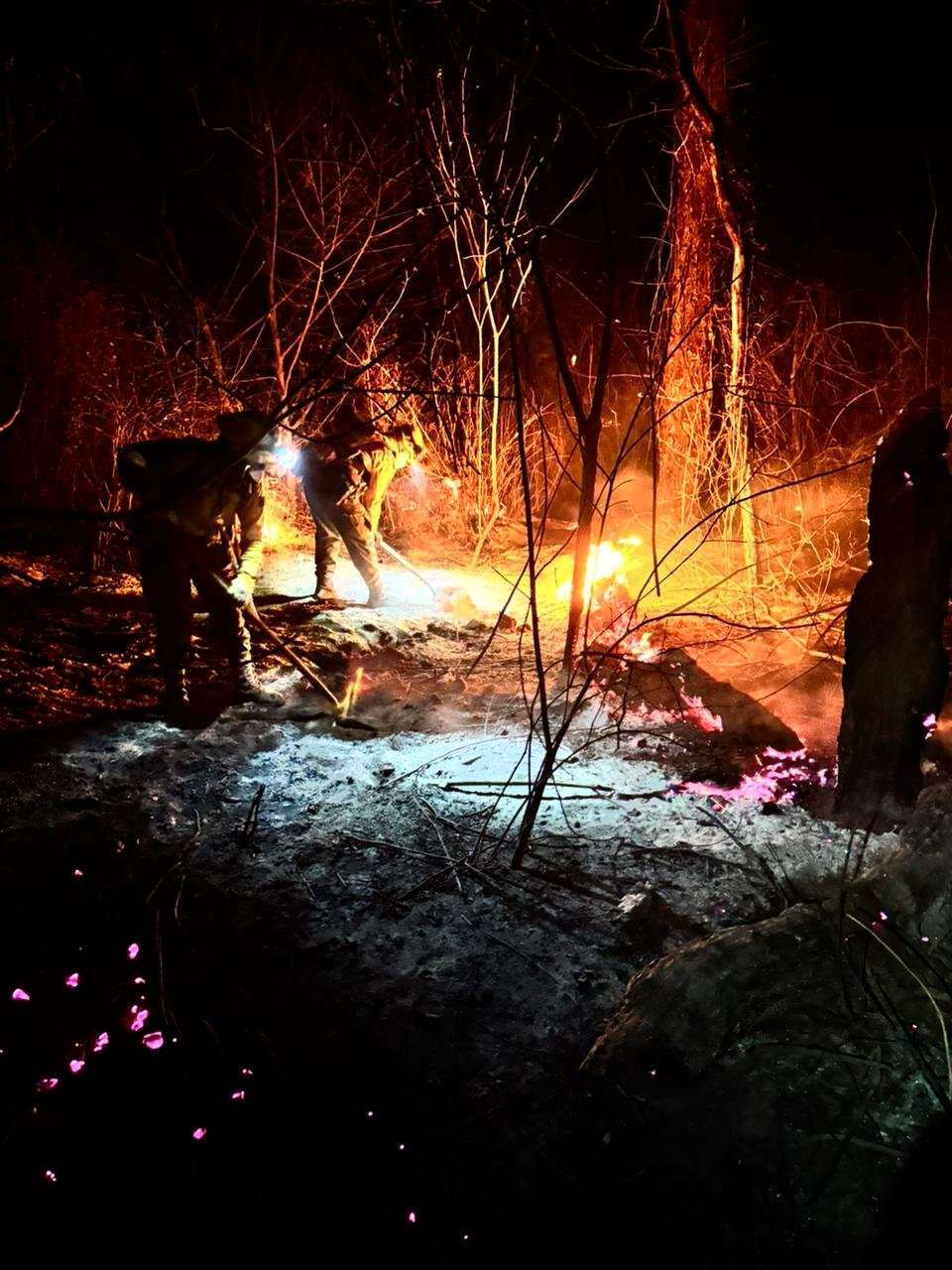
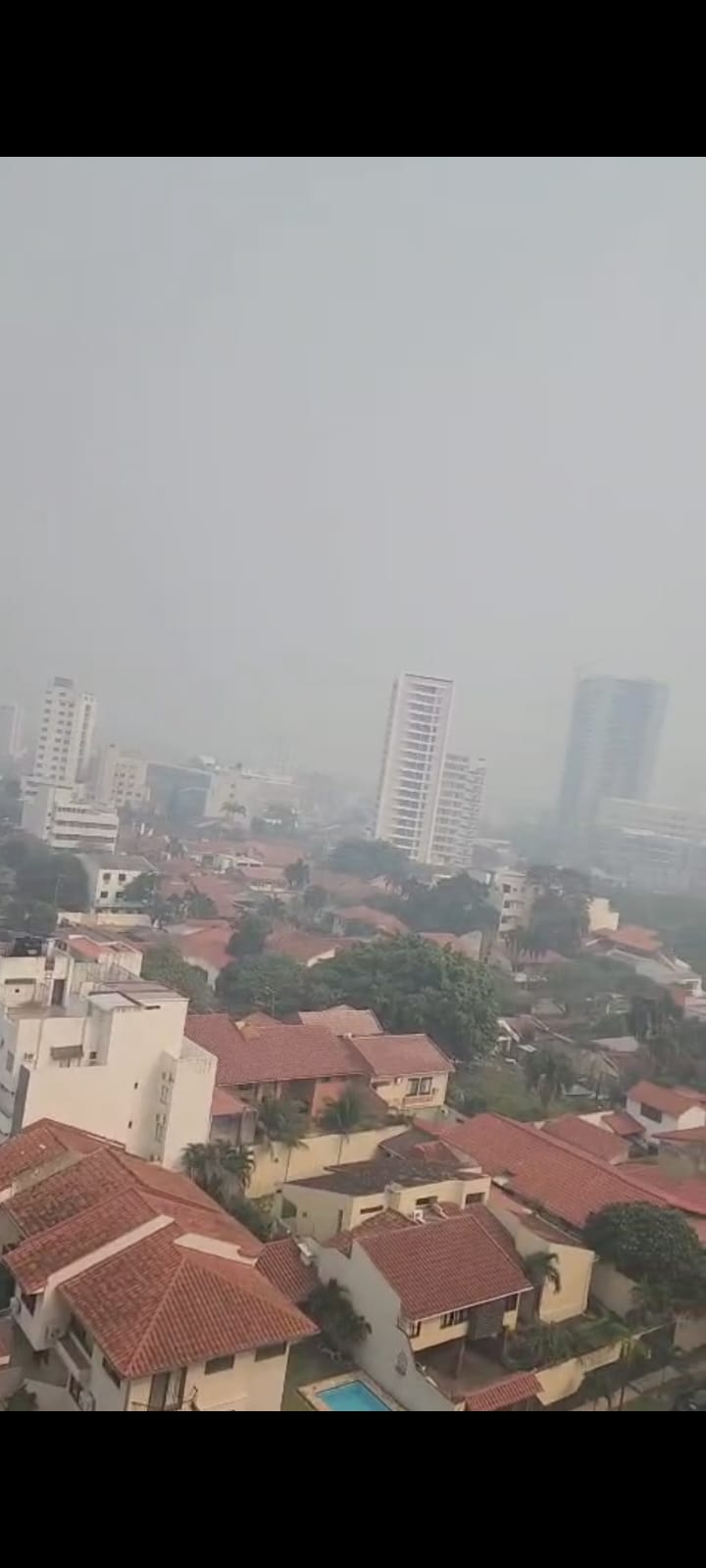
Bolivia: between Earth’s Rights and an unsustainable development model
In 2010, Bolivia became the first country in the world to pass a law granting nature rights similar to humans— the Law of the Rights of Mother Earth (Ley N° 071). There was hope that this new law would encourage people to live in harmony with the natural environment and protect the country’s unique biodiversity. However, the government’s response to the 2024 fires was slow, and there was little concern from outside Bolivia. This contradictory sequence of events has raised questions.
The drivers and causes behind the fires are complex and multifaceted. Fundación Tierra found that most of the fires were intentional: 66% were classified as malicious burning, while the remaining 34% were classified as uncontrolled agricultural burning. This bleak reality is driven by an extractivist economic development model that prioritizes short-term gains. To meet its external debt obligations, Bolivia has focused on increasing exports. The main export commodities are livestock and soybeans, both of which are significant drivers of deforestation. Additionally, mining activities (both legal and illegal) are increasing in the Amazon region, and government leniency is further incentivizing deforestation. Furthermore, the allure of quick financial gains from land trafficking provides an additional incentive to burn the forest.
In contrast to the Law of the Rights of Mother Earth, which emphasizes the respect for nature and indigenous rights there are several counteracting laws and decrees. These laws are informally called leyes incendiarias (incendiary laws), because they promote harmful land-use policies. For example, Law N° 741 authorizes the clearing of up to 20 hectares for small-scale producers, while Law N° 337 grants impunity to individuals who have illegally cleared land. These laws facilitate the expansion of burned areas and contribute to increased migration from the densely populated Bolivian highlands to the lowlands, where land is more abundant and accessible. Migrants often resort to burning to open roads and clear areas for cultivation. Due to heat, drought, and wind, fires often spiral out of control.
At the legal level
In September 2024, the Supreme Decree 5225 imposed a temporary “environmental pause,” prohibiting legal burning. However, this measure fails to address the underlying causes of fires, such as unregulated land use. Adding fuel to the fire, so to speak, in February of this year, the Confederation of Bolivian Cattle Breeders proposed a bill supported by some parliamentarians that seeks to pause the verification of the land’s social and economic functions. This could make indigenous communities more vulnerable to land-grabbing and noncompliance with environmental regulations. Additionally, the proposal requests the annulment of fines and sanctions established for illegal burning and arson. Furthermore, in May 2025, the Ministry of Environment proposed a new decree to lift the environmental pause, albeit under strict conditions to avoid further fires. Nobody can afford to look away
To effectively address the impacts of fires and ensure the long-term recovery of affected ecosystems, it is crucial to advocate for the repeal of incendiary laws and all regulations that incentivize malicious and uncontrolled agricultural burning. The Bolivian government has failed to comply with the 2020 resolution from the International Court for the Rights of Nature, which calls for the repeal of regulations that permit deforestation and burning in areas impacted by wildfires. With general presidential and parliamentarian elections scheduled for August 2025, the future of these project bills is uncertain.
So far, ecological restoration initiatives and sustainable land management practices have been undermined due to a lack of local community integration—particularly the absence of women’s voices—and inadequate coordination between levels of government. Rather than just investing in damage mitigation, governments must invest in fire prevention to develop comprehensive restoration programs. These programs must be based on sociocultural ecological approaches within specific biogeographic units. Local and indigenous communities can collaborate with lawyers and legal experts to more effectively protect their territories from illegal exploitation. It is also crucial to prosecute arsonists who set uncontrolled fires to clear land. Above all, current and future governments must firmly commit to transforming Bolivia’s destructive extractivist development model into a more sustainable one.
International silence despite interest
At a time when climate change is affecting regions across the globe and biodiversity is rapidly declining, the international community has largely ignored the alarming loss of diverse ecosystems in the Amazon basin. These ecosystems are crucial for regulating the planet’s climate. The international community must examine the global factors driving Amazon deforestation. These factors include high demand for soy and meat, as well as historically unfair credit conditions imposed on countries that contribute the least to climate change. These international economic pressures encourage land clearance for agriculture and livestock production, thereby fueling global supply chains and driving local deforestation.
Even if it takes time, land devastated by fires can be restored. As we move forward, we must reflect on the urgent need to prioritize the health of our ecosystems over short-term economic gains. By valuing nature and including local perspectives in decision-making processes, we can create a future that honors our environment and the communities that depend on it—ultimately, all of us.
Authors
Dennis Avilés-Irahola1, Mary Carolina García Lino2,3, Estela Herbas Baeny 4, Christine B. Schmitt5
1 Instituto de Investigaciones Socio-Económicas (IISEC), Universidad Católica Boliviana (UCB), La Paz, Bolivia. Dennis is a ZEF Senior Fellow and ZEF Alumna. She served as a ZEF Senior Researcher from 2019 until early 2025.
2 GLORIA, Institute for Interdisciplinary Mountain Research, Austrian Academy of Sciences & Department of Integrative Biology and Biodiversity Research, University of BOKU, Vienna, Austria
3 Instituto de Ecología, Universidad Mayor de San Andrés, La Paz, Bolivia
4 Centro de Investigación en Ciencias Exactas de Ingeniería (CICEI), Universidad Católica Boliviana (UCB), Cochabamba, Bolivia
5 Geography section, University of Passau, Passau, Germany. Christine is a ZEF alumnus and was a ZEF Senior Researcher at ZEF ECOL. She now is a Professor of Physical Geography with a focus on Human-Environment Research at the University of Passau.
Acknowledgements
We thank Alberto Manuel Daza Vargas for his insights and remarks on the topic.
Photo credits
Photos were taken by Juan Marcelo López (Volunteer fireman of Fundación Guardian) in San Rafael de Velasco, Santa Cruz, Bolivia, in September 2024



